Home>Garden Essentials>What Information To Give Customers For A Landscape Design
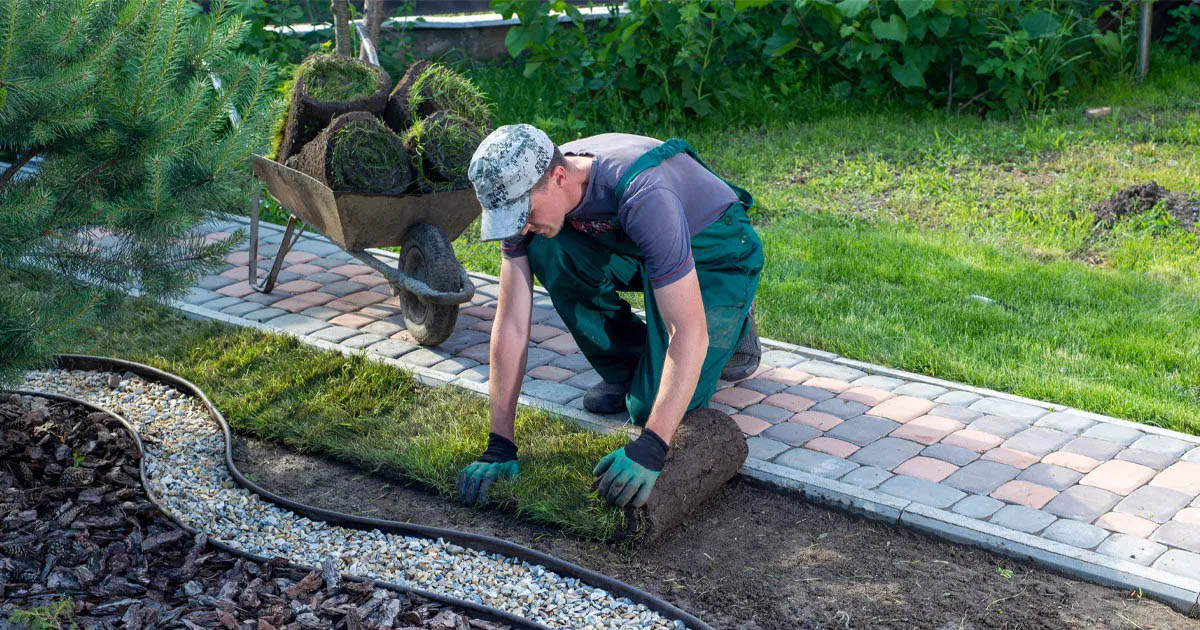

Garden Essentials
What Information To Give Customers For A Landscape Design
Modified: September 1, 2024
Discover what information to provide customers to create a stunning garden with our landscape design services. Let us transform your outdoor space with expert advice and inspiration.
(Many of the links in this article redirect to a specific reviewed product. Your purchase of these products through affiliate links helps to generate commission for Storables.com, at no extra cost. Learn more)
Introduction
Welcome to our comprehensive guide on what information to give customers for a landscape design. Whether you’re a homeowner looking to transform your outdoor space or a landscaping professional looking to provide the best service to your clients, understanding the importance of providing the right information is essential.
A well-designed landscape can enhance the beauty and functionality of any property, creating a space that reflects the owner’s style and meets their specific needs. However, for customers to make informed decisions about their landscape design, they need to be equipped with the necessary information. This includes details about the landscape design process, available services, plant and material recommendations, maintenance tips, cost estimates, and how to get in touch with your team.
In this article, we will outline the key information that should be provided to customers for a successful landscape design project. By offering this information, you can ensure that your customers have a clear understanding of the process, feel confident in their choices, and have the knowledge to maintain their newly transformed outdoor space.
Whether you’re a homeowner or a landscaping professional, this guide will equip you with the knowledge to navigate the landscape design process effectively. So let’s dive in and explore the essential information that should be shared with customers.
Key Takeaways:
- Providing customers with detailed information about the landscape design process, services offered, and maintenance tips is crucial for creating a successful and satisfying outdoor space.
- Understanding the customer’s needs, offering cost estimates, and providing excellent customer support are essential elements for a transparent and positive landscape design experience.
Read more: How To Give Custom Commands To Alexa
Importance of Providing Information to Customers for Landscape Design
When it comes to landscape design, providing customers with the right information is crucial. It’s not just about creating a visually appealing outdoor space; it’s about ensuring that the design aligns with the customer’s needs, preferences, and budget. By providing comprehensive and accurate information, you help customers make informed decisions and foster a sense of trust and transparency throughout the project.
One of the primary reasons for providing information is to manage customer expectations. A detailed explanation of the landscape design process helps customers understand the steps involved, the timeline, and the potential challenges they may encounter. By setting realistic expectations from the beginning, you can avoid misunderstandings and ensure a smooth and satisfactory experience for both parties.
Furthermore, providing information on the types of landscaping services offered allows customers to have a clear understanding of the scope of your expertise. Whether it’s assessing the existing landscape, designing a new layout, installing hardscape features, or selecting the right plants, customers should be aware of the full range of services you can provide. This helps them make informed choices and select the services that best suit their needs.
Understanding the customer’s needs and preferences is also essential in delivering a successful landscape design. By gathering information about their lifestyle, aesthetic preferences, desired functionalities, and budget, you can tailor the design to their specific requirements. This customization ensures that the final result exceeds their expectations and creates a personal connection with the space.
In addition to the design itself, providing information on recommended plants and materials is valuable for customers. They may not have extensive knowledge about the different options available, so offering suggestions and explaining the characteristics, maintenance requirements, and visual appeal of various plants and materials empowers them to make informed decisions. This not only enhances the overall design but also ensures that the selected elements are suitable for the local climate and will thrive in the long run.
Maintenance is another crucial aspect of landscape design that customers need to be aware of. Providing detailed maintenance guides and tips helps customers understand how to care for their new landscape and ensure its longevity. This includes instructions on watering, fertilizing, pruning, and general upkeep. By equipping customers with this information, you empower them to take ownership of their outdoor space and maintain its beauty for years to come.
Finally, providing information on cost estimates and budgeting helps customers make financially sound decisions. Transparency regarding pricing and potential expenses enables customers to weigh their options, make necessary adjustments, and plan their budget accordingly. This transparency builds trust and eliminates any surprises or uncertainties related to the project’s cost.
In summary, providing information to customers for landscape design is of utmost importance. It helps manage expectations, tailor the design to their needs, offer expert recommendations, educate on maintenance, and create a transparent and trustworthy relationship. By empowering customers with the necessary information, you set the stage for a successful and satisfying landscape design experience.
Basic Information about the Landscape Design Process
Understanding the landscape design process is essential for customers who are embarking on a landscaping project. It provides them with a clear understanding of the steps involved and what to expect along the way. Here is a breakdown of the basic information about the landscape design process that should be shared with customers:
- Initial Consultation: The first step in the landscape design process is the initial consultation. This is where the designer meets with the customer to discuss their vision, needs, and preferences. It’s a chance for the designer to get to know the customer’s style, assess the existing landscape, and gather information that will inform the design.
- Site Analysis: After the initial consultation, a site analysis is conducted. This involves evaluating the physical characteristics of the space, such as the topography, soil type, drainage, and existing vegetation. It helps the designer understand the site’s limitations and possibilities, ensuring the design is tailored to the specific conditions.
- Concept Development: Once the site analysis is complete, the designer moves on to developing a concept for the landscape design. This includes creating an overall vision, layout, and theme for the outdoor space. Concepts may be presented through sketches, mood boards, or computer-generated renderings to help the customer visualize the proposed design.
- Design Development: Once the concept is approved, the design development phase begins. This is where the details of the design are refined. It involves selecting specific plants, materials, and hardscape features, and creating detailed plans and drawings. The designer may also collaborate with other professionals, such as architects or contractors, to ensure a cohesive and functional design.
- Cost Estimation: As the design is being developed, it’s important to provide customers with a cost estimate. This includes the projected expenses for materials, labor, and any additional services. It helps the customer make informed decisions about the design elements and make any necessary adjustments to fit their budget.
- Final Design Presentation: Once the design is complete, it is presented to the customer for review and approval. This is an opportunity for the customer to provide feedback and request any necessary modifications. It’s crucial to ensure that the customer is satisfied with the final design before moving forward with the implementation phase.
- Implementation: After the design is finalized, the implementation phase begins. This involves executing the design plan, which may include tasks such as site preparation, plant installation, construction of hardscape features, and irrigation system installation. It’s important to communicate the timeline and progress updates to the customer to keep them informed throughout the implementation process.
- Maintenance and Follow-up: Once the landscape design is complete, it’s essential to provide customers with information on maintenance and follow-up care. This includes instructions on watering, fertilizing, pruning, and general upkeep. Regular follow-ups and site visits may also be necessary to ensure that the landscape thrives and meets the customer’s expectations.
By sharing this basic information about the landscape design process, you enable customers to have a clear understanding of the steps involved and the timeline of their project. It helps them feel more involved, informed, and confident in their decision to proceed with the landscape design.
Types of Landscaping Services Offered
When it comes to landscaping, there is a wide range of services that professionals can provide to meet the unique needs and preferences of each customer. It’s important to communicate the various types of landscaping services offered to ensure that customers are aware of the full extent of your expertise. Here are some of the common types of landscaping services that you can offer:
- Landscape Design: Landscape design is the foundation of any landscaping project. This service involves creating a comprehensive plan for the outdoor space, including layout, plant selection, hardscape features, and overall aesthetic. Landscape designers use their expertise to transform customers’ visions into a cohesive and functional design.
- Hardscape Installation: Hardscape installation focuses on the construction and installation of non-living elements in the landscape. This includes features such as patios, retaining walls, walkways, decks, pergolas, and outdoor kitchens. Hardscape elements not only add functionality to the outdoor space but also enhance its visual appeal and create distinct areas for different activities.
- Planting and Lawn Installation: Planting and lawn installation services involve selecting and planting the right plants, trees, shrubs, and grass to create a lush and vibrant landscape. Professionals can provide recommendations based on the local climate, soil conditions, and the customer’s preferences. They ensure proper planting techniques and can guide customers on plant care and maintenance.
- Irrigation Systems: The installation and maintenance of irrigation systems are crucial for ensuring that the landscape receives adequate water. Professionals can design and install irrigation systems that meet the specific needs of the landscape, including timed sprinklers, drip irrigation, and smart irrigation systems. This helps conserve water and promotes healthy plant growth.
- Landscape Lighting: Landscape lighting adds ambiance, security, and functionality to the outdoor space. Professionals can design and install lighting fixtures that highlight architectural features, illuminate pathways, accentuate plants, and create a welcoming atmosphere. They can also recommend energy-efficient and low-maintenance lighting options.
- Outdoor Living Spaces: Creating beautiful and functional outdoor living spaces is a popular landscaping service. This may include the installation of outdoor kitchens, fire pits, seating areas, pergolas, and water features. Professionals can help design and construct these spaces to enhance relaxation, entertainment, and overall enjoyment of the outdoor environment.
- Seasonal Maintenance: Landscape professionals can also offer seasonal maintenance services to keep the landscape in optimal condition throughout the year. This includes tasks such as lawn mowing, pruning, fertilizing, leaf cleanup, and winter preparation. Regular maintenance ensures that the landscape remains healthy and visually appealing.
- Landscape Renovation: For customers looking to update their existing landscape, landscape renovation services can transform an outdated or neglected space into a beautiful and functional outdoor oasis. This may involve redesigning the layout, replacing plants, adding new hardscape elements, or updating the irrigation system.
By offering these types of landscaping services, you can cater to a wide range of customer needs and preferences. It’s important to clearly communicate and showcase these services to potential customers so that they are aware of the full spectrum of expertise you bring to the table. Whether customers are looking for a complete landscape design or need help with specific elements, offering a comprehensive range of services allows you to provide personalized solutions and create stunning outdoor spaces.
Understanding the Customer’s Needs and Preferences
One of the key factors in delivering a successful landscape design is understanding the customer’s needs and preferences. Each customer has unique requirements and desires when it comes to their outdoor space, and it’s essential to gather the right information to create a design that aligns with their vision. Here are some steps to understanding the customer’s needs and preferences:
- Initial Consultation: The initial consultation is the starting point for understanding the customer’s needs. It’s a chance to have an open and honest conversation to get a sense of their goals, lifestyle, and expectations for their outdoor space. Ask questions about their preferred style, intended use of the space, desired features, and any specific challenges they may be facing.
- Site Visit: A site visit is crucial for gathering information about the existing landscape, its layout, and any potential limitations or opportunities. Walk the customer’s property with them, paying attention to the topography, natural features, sunlight exposure, drainage patterns, and any existing plants or structures that need to be considered in the design. This will help you understand how to leverage the site’s assets and address any potential issues.
- Visual Inspiration: Visual aids are incredibly helpful in understanding a customer’s style and preferences. Ask the customer to provide any photos, magazine clippings, or online references that resonate with their desired aesthetic. This will give you an idea of the colors, materials, design elements, and overall atmosphere they are looking to achieve.
- Lifestyle Considerations: Understanding how the customer plans to use their outdoor space is essential. Ask questions about their typical activities, such as entertaining, gardening, sports, relaxation, or family gatherings. This information will help you design a layout that incorporates functional areas and suits their specific needs.
- Budget: Discussing the customer’s budget is crucial to ensure that the design aligns with their financial expectations. A thorough understanding of the budget will guide your selection of materials, plant choices, and construction options. Be transparent about the costs involved in various design elements and offer alternatives that fit within their budget without compromising on quality or aesthetics.
- Environmental Considerations: Some customers may have environmental concerns or a desire for sustainable practices. Inquire about their interest in eco-friendly features such as rainwater harvesting, native plant selections, drought-tolerant landscaping, or organic gardening. This information will allow you to incorporate environmentally conscious design choices into the landscape.
By taking the time to understand the customer’s needs and preferences, you can tailor the landscape design to their specific requirements. It creates a sense of personal connection between the customer and their outdoor space, ensuring that the final design meets and exceeds their expectations. Open and honest communication throughout this process is crucial to building trust and establishing a strong working relationship with the customer.
When providing information to customers for a landscape design, be sure to include details about the types of plants, materials, and maintenance requirements. This will help them understand the long-term care and investment needed for their new landscape.
Read more: How To Get Landscaping Customers
Providing Detailed Design Plans and Renderings
When working on a landscape design project, providing detailed design plans and renderings is crucial for both the customer and the landscaping professional. It helps translate ideas into a visual representation, ensuring a clear understanding of the proposed design. Here are the key aspects to consider when providing detailed design plans and renderings:
- Layout and Spatial Organization: Detailed design plans should include a clear and scaled layout of the outdoor space. It should showcase the organization of different areas, such as patio or seating areas, walkways, garden beds, and lawn spaces. The layout should account for functionality, flow, and accessibility, ensuring that each area serves its intended purpose in the overall design.
- Conceptual Elements: Incorporating conceptual elements, such as mood boards or inspirational images, into the design plans can help bring the concept to life for the customer. These visuals help convey the overall aesthetic, color palette, and design style, allowing the customer to envision how the final space will look and feel.
- Hardscape Features: Detailed design plans should include accurate representations of hardscape features like patios, decks, paths, retaining walls, and other architectural elements. Including precise measurements, materials, and finishes will help the customer understand how these features will integrate into their outdoor space.
- Plant Selection and Placement: Providing detailed information about the specific plants selected for the design is essential. This includes plant names, sizes, and placement within the landscape. Including a key or legend that identifies each plant and its characteristics, such as flowering season, growth habits, and maintenance requirements, will further assist the customer in understanding the design and its botanical elements.
- Color and Texture Considerations: In addition to plant selection, the design plans should showcase color and texture considerations throughout the landscape. This can include foliage color variations, flower combinations, and contrasting textures of plants and materials. Including these details helps the customer visualize the vibrancy and visual interest that the design will bring to their outdoor space.
- Perspectives and Renderings: Creating 3D renderings or perspectives of the design allows the customer to see a realistic representation of the proposed landscape. This can be achieved through computer-generated imagery or hand-drawn sketches. Perspective views provide a better understanding of the scale, depth, and overall aesthetic of the design, enabling the customer to visualize the finished result.
- Material Selection: Provide a comprehensive list of the materials to be used in the design, including specifications and images of each material. This includes materials for hardscape features, such as pavers, stones, or decking materials, as well as any decorative elements like mulch or gravel. Offering a range of material options, along with their respective pros and cons, helps the customer make informed decisions about the materials that best suit their preferences and budget.
By providing detailed design plans and renderings, you enhance the customer’s understanding of the proposed landscape design. It allows them to visualize the final result, ensure that the design meets their expectations, and make any necessary modifications before implementation. Detailed plans also help streamline the communication between the customer and the landscaping professional, ensuring that both parties are on the same page throughout the project.
Recommended Plants and Materials for the Landscape
When it comes to creating a stunning landscape, selecting the right plants and materials is crucial. It can make a significant difference in the overall aesthetic appeal, functionality, and sustainability of the outdoor space. As a landscaping professional, providing recommendations for plants and materials is essential to guide customers in making informed decisions. Here are some key considerations when recommending plants and materials for the landscape:
- Local Climate and Conditions: Consider the local climate and site-specific conditions when recommending plants and materials. Different plants thrive in different environments, so it’s important to choose species that are well-suited to the climate zone and soil conditions of the landscape. Similarly, selecting materials that can withstand the local weather patterns, such as durable decking materials for areas with high humidity or frost-resistant pavers for colder climates, ensures the longevity and resilience of the landscape.
- Customer Preferences: Take into account the customer’s preferences and desired style for their landscape. Some customers may prefer a vibrant and colorful garden, while others may lean towards a more minimalist and contemporary aesthetic. Ask about their favorite colors, textures, and overall vision for the landscape, and recommend plants and materials that align with their desired look and feel.
- Plant Diversity: Encourage plant diversity by recommending a mix of different species. A diverse plant selection not only adds visual interest but also promotes a healthier ecosystem by attracting a range of beneficial insects and providing varied habitats. Consider factors such as the plant’s height, flowering season, foliage color, and growth habit when recommending a combination of trees, shrubs, perennials, and groundcovers.
- Low-Maintenance Options: For customers who prefer a low-maintenance landscape, recommend plants and materials that require minimal upkeep. This can include native or drought-tolerant plants that require less watering and are adapted to the local conditions. Similarly, suggest low-maintenance materials for hardscape features, such as composite decking or concrete pavers that require less maintenance and are resistant to staining, cracking, or fading.
- Environmental Sustainability: Consider recommending environmentally sustainable options for the landscape. This can include native plants that require less irrigation, organic fertilizers and pest control methods, and permeable materials that allow water infiltration. Emphasize the importance of supporting local biodiversity and conserving water resources by selecting plants and materials that align with these principles.
- Seasonal Interest and Year-Round Appeal: Recommend a combination of plants that provide seasonal interest and year-round appeal. Incorporate plants that bloom in different seasons, produce vibrant fall foliage, or offer evergreen foliage for winter interest. This allows the landscape to remain visually appealing throughout the year and enhances the overall enjoyment of the outdoor space.
- Functional Considerations: Take into account the functional aspects of the landscape when recommending materials. For example, suggest non-slip materials for patios and walkways to ensure safety, or porous materials for driveway surfaces to promote proper water drainage. Consider the durability and maintenance requirements of materials to ensure they can withstand the intended use of the space.
By recommending suitable plants and materials for the landscape, you help customers make informed decisions that align with their preferences, budget, and environmental considerations. Providing a range of options, along with detailed information about each plant’s characteristics and the pros and cons of different materials, enables customers to create a visually stunning and sustainable outdoor space that meets their specific needs.
Maintenance Guides and Tips for the Landscape Design
Maintaining a well-designed landscape is crucial to preserving its beauty and ensuring its longevity. As a landscaping professional, providing customers with maintenance guides and tips is essential to empower them to care for their landscape properly. Here are some key areas to cover when offering maintenance guidance for the landscape design:
- Watering: Explain the importance of proper watering techniques to maintain the health of plants. Provide recommendations on how often to water, taking into account factors such as soil type, weather conditions, and the specific needs of different plants. Inform customers about the signs of overwatering or underwatering, such as wilting or yellowing leaves, and guide them on adjusting their watering schedule accordingly.
- Fertilizing: Educate customers about the benefits of fertilizing and the appropriate timing and frequency. Explain the different types of fertilizers, such as organic or slow-release options, and recommend the best choices for their specific landscape. Provide instructions on how to apply fertilizers properly, including the importance of following package instructions and avoiding overfertilization, which can harm plants and contribute to environmental pollution.
- Pruning and Trimming: Guide customers on the proper techniques for pruning and trimming plants. Explain the benefits of pruning, such as promoting healthy growth, enhancing the appearance of plants, and preventing disease or pest infestations. Demonstrate how to prune different types of plants, including trees, shrubs, and perennials, and emphasize the importance of using clean and sharp tools to avoid causing damage or introducing pathogens.
- Weeding: Explain the importance of regular weeding to prevent the competition of nutrients and space among desirable plants and weeds. Educate customers on recognizing common weeds and the various methods of weed control, including hand-pulling, mulching, or using natural weed suppressants. Provide guidance on when and how to perform weed control activities while minimizing harm to desirable plants and reducing reliance on chemical herbicides.
- Mulching: Highlight the benefits of using mulch in the landscape, such as conserving moisture, suppressing weeds, and moderating soil temperature. Recommend the appropriate type and depth of mulch for different areas of the landscape. Explain how to properly apply and replenish mulch, ensuring it is spread evenly and avoiding direct contact with plant stems to prevent rot or fungal diseases.
- Seasonal Care: Provide guidance on seasonal care practices for the landscape. Discuss specific activities for each season, such as spring cleaning, summer watering strategies, fall leaf management, and winter protection for sensitive plants. Explain the importance of regular maintenance tasks, such as raking leaves, cleaning debris, and inspecting plants for signs of disease or pest infestations.
- Integrated Pest Management: Educate customers about the principles of integrated pest management (IPM), which focuses on preventing and managing pests using a combination of cultural, biological, and chemical control methods. Teach them how to identify common pests and diseases in the landscape and offer suggestions for eco-friendly and targeted pest control approaches, such as releasing beneficial insects or using horticultural oils.
- Special Considerations: Address any specific maintenance needs or considerations for unique features in the landscape, such as ponds, water features, or specific plant species. Provide instructions for maintaining these elements, including cleaning, water quality management, or specialized pruning techniques.
By providing maintenance guides and tips, you empower customers to take care of their landscape design effectively. Encourage them to adopt a proactive approach to regular maintenance, emphasizing that consistent and proper care is key to preserving the beauty and functionality of the outdoor space. Regularly communicate or provide additional resources for ongoing customer support and answer any questions they may have about maintaining their landscape.
Cost Estimates and Budgeting Information for the Project
When it comes to landscape design projects, providing customers with accurate cost estimates and budgeting information is essential for a transparent and successful experience. Customers need to have a clear understanding of the project’s financial implications and make informed decisions accordingly. Here are some important points to consider when offering cost estimates and budgeting information:
- Scope of the Project: Begin by discussing the scope of the project with the customer. Clearly define the objectives, deliverables, and services that will be included in the landscape design. This helps set the foundation for the cost estimation and ensures that both parties are on the same page regarding the project’s requirements.
- Materials and Plant Selection: Provide customers with a breakdown of the estimated costs for materials, plants, and other necessary resources. This includes items such as hardscape materials, plants, irrigation systems, lighting fixtures, and other relevant components. Consider offering suggestions for alternative materials at different price points to accommodate various budget ranges.
- Labor and Installation: Explain to customers the estimated costs associated with labor and installation. This includes the cost of professional services, such as site preparation, plant installation, hardscape construction, and other necessary tasks. Provide a breakdown of the anticipated hours and rates for each aspect of the project to give customers a clear understanding of how the labor costs contribute to the overall budget.
- Additional Services: Discuss any additional services that may be required to complete the project, such as site clean-up, waste removal, or ongoing maintenance. These services may have associated costs that should be communicated to the customer in order to provide a comprehensive budget estimate.
- Cost Control Tips: Offer tips and suggestions for cost control to help customers stay within their desired budget. This can include recommendations on selecting cost-effective materials, prioritizing key design elements, or phasing the project in multiple stages to distribute costs over time. Providing guidance on where clients can cut costs without compromising the quality or integrity of the overall design helps them make informed decisions while managing their budget.
- Contingency Allowance: It’s crucial to include a contingency allowance in the cost estimate to account for any unforeseen circumstances or potential changes during the project. Advise customers to set aside a certain percentage of the total budget as a buffer to cover unexpected expenses or adjustments that may arise. This helps alleviate the stress and financial burden if changes or modifications need to be made.
- Payment Terms and Schedule: Clearly communicate the payment terms and schedule to customers. Specify the upfront deposit that may be required, as well as the timing and frequency of subsequent payments. Being transparent about payment expectations helps manage customer expectations and ensures a smooth financial process throughout the project.
- Ongoing Communication: Maintain open and ongoing communication with customers regarding any potential cost adjustments or changes that may arise during the project. Keep them informed of any unexpected expenses or variations to the initial cost estimate in a timely manner. This facilitates trust and transparency, allowing customers to stay updated on the budget and make any necessary adjustments as needed.
By providing cost estimates and budgeting information, you empower customers to make well-informed financial decisions and ensure that the project aligns with their desired investment. Clear and transparent communication regarding costs helps build trust and fosters a positive working relationship throughout the landscape design process.
Read more: How To Design A Low-Maintenance Landscape
Contact Information and Customer Support
Providing customers with clear contact information and offering excellent customer support is essential in ensuring a positive and satisfactory experience throughout their landscape design journey. Here’s how you can effectively communicate contact details and offer support to customers:
- Contact Information: Clearly display your contact information, including your business name, phone number, email address, and website, on all marketing materials, correspondence, and your website. Make it easy for customers to reach out to you with any questions or inquiries they may have about their landscape design project.
- Responsive Communication: Commit to timely and responsive communication with customers. Aim to respond to inquiries and messages promptly, whether through phone calls, emails, or online forms. Quick and efficient communication helps build trust, shows your professionalism, and provides customers with the reassurance that you’re readily available to address their needs.
- Customer Support Channels: Offer multiple channels for customers to seek support and ask questions. This can include phone support, email communication, an online contact form, or even a live chat feature on your website. Providing various channels gives customers the flexibility to reach out in a way that is most convenient for them.
- Knowledgeable Staff: Ensure that your team members are knowledgeable and well-trained in all aspects of the landscape design process. They should be able to answer customer inquiries, provide accurate information, and offer expert advice on plant selection, maintenance, and design recommendations. Investing in staff training helps deliver the highest level of customer support and satisfaction.
- FAQs and Information Resources: Create a section on your website dedicated to frequently asked questions (FAQs) or informational resources. Anticipate common queries and provide detailed answers to address customer concerns. Include information on your services, the landscape design process, maintenance tips, and any other relevant topics. This resource will provide customers with valuable information and may help answer their questions before they even reach out to you.
- Ongoing Support: Support customers beyond the initial design and installation phase. Offer ongoing support for maintenance queries or other landscape-related concerns that may arise after the project is complete. Provide post-installation care guides, offer follow-up visits or consultations, and remain available to address any challenges or questions customers may have as they continue to enjoy their newly designed outdoor space.
- Empathy and Professionalism: Always approach customer interactions with empathy and professionalism. Listen attentively to their concerns, validate their opinions, and address any issues that may arise promptly and courteously. Show genuine care for their satisfaction and strive to exceed their expectations at every stage of the landscape design process.
- Request Feedback: Regularly seek feedback from customers to understand their experience and identify areas for improvement. Provide opportunities to leave reviews or testimonials on your website or other platforms. Feedback not only helps you refine your services but also demonstrates your commitment to continually enhancing the customer experience.
By providing clear contact information and offering exceptional customer support, you build trust and establish a solid relationship with customers. This ensures that they feel supported and confident in their decision to work with you for their landscape design needs. With effective communication and responsive support, you leave a positive and lasting impression that encourages customers to recommend your services to others.
Frequently Asked Questions about What Information To Give Customers For A Landscape Design
Was this page helpful?
At Storables.com, we guarantee accurate and reliable information. Our content, validated by Expert Board Contributors, is crafted following stringent Editorial Policies. We're committed to providing you with well-researched, expert-backed insights for all your informational needs.

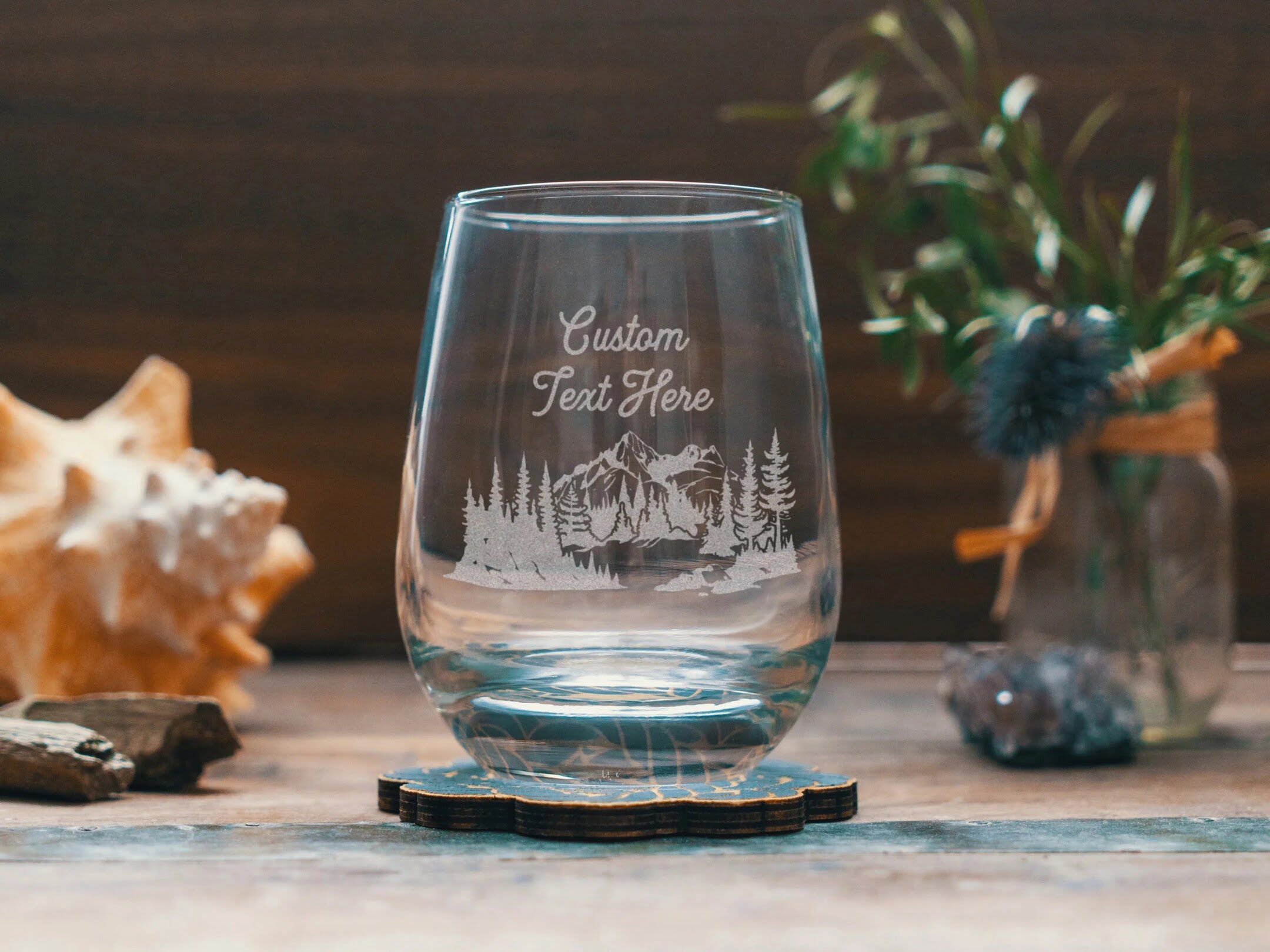

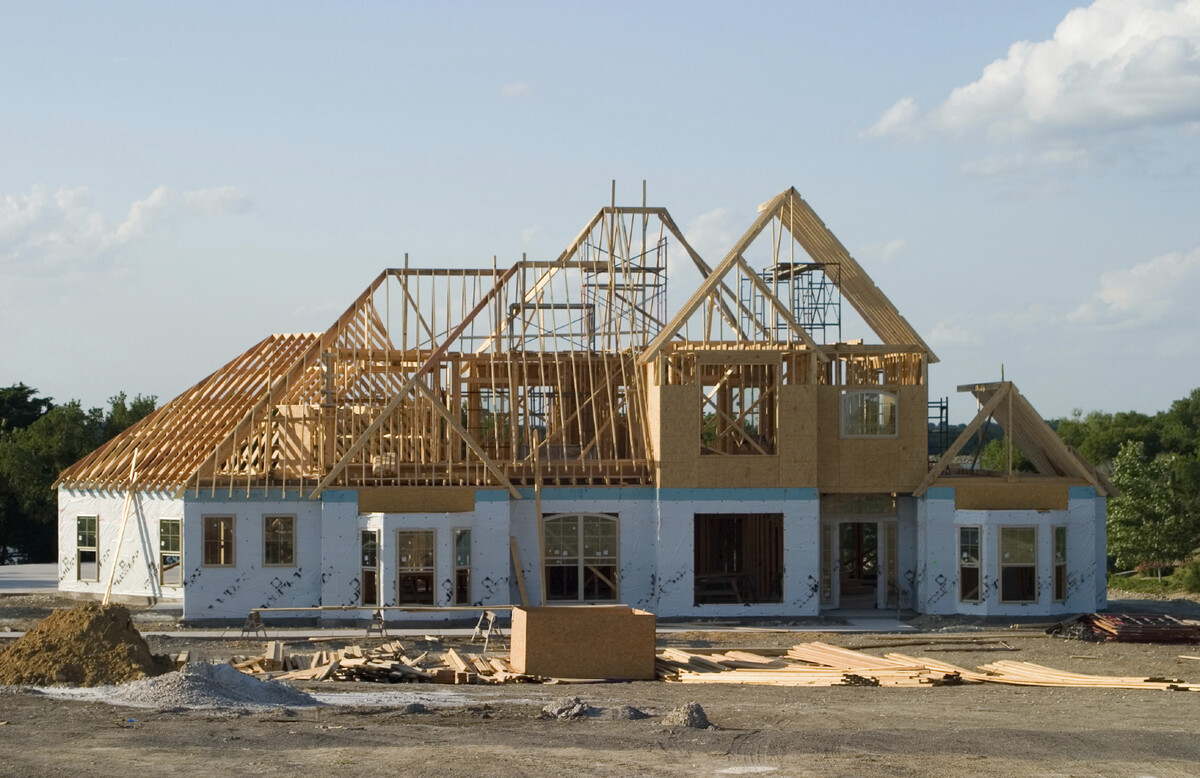

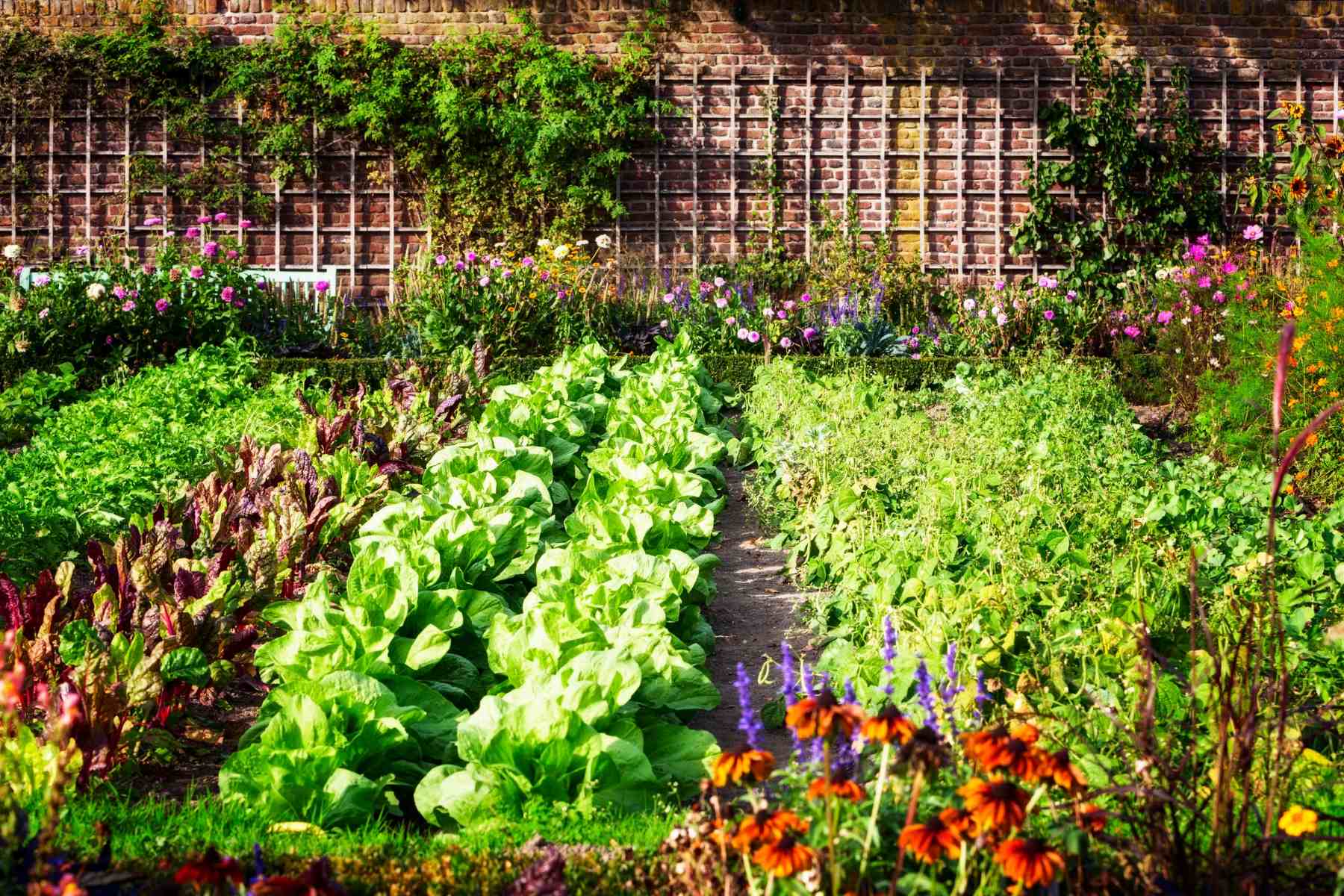


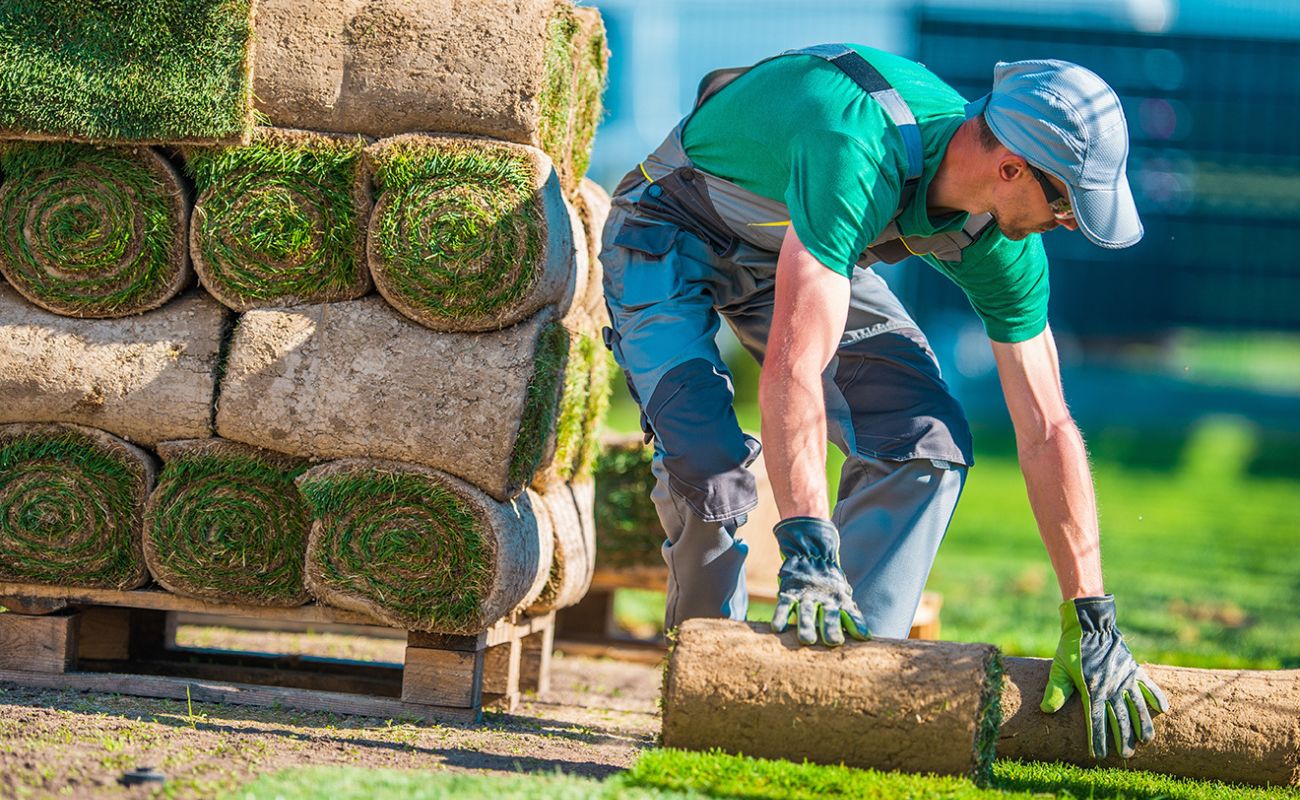
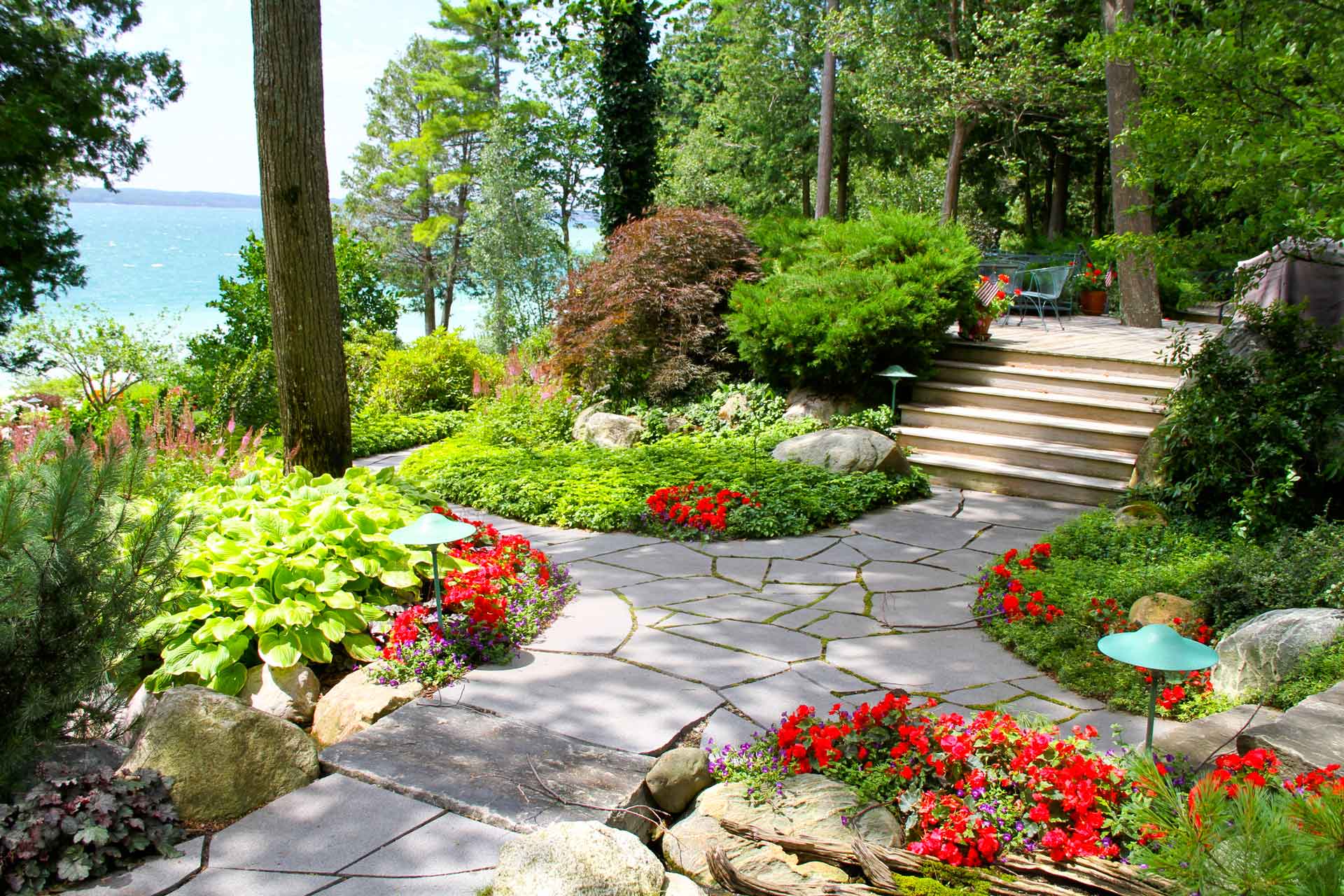
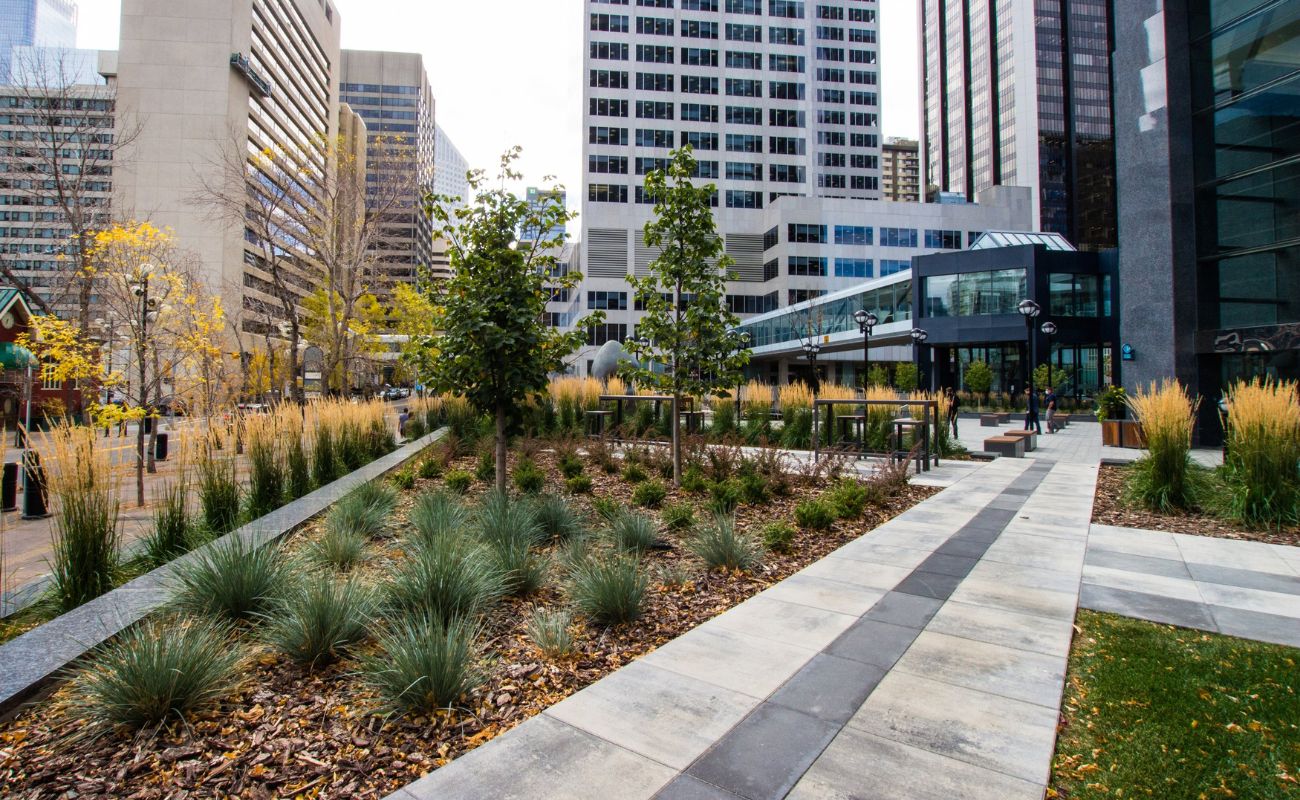
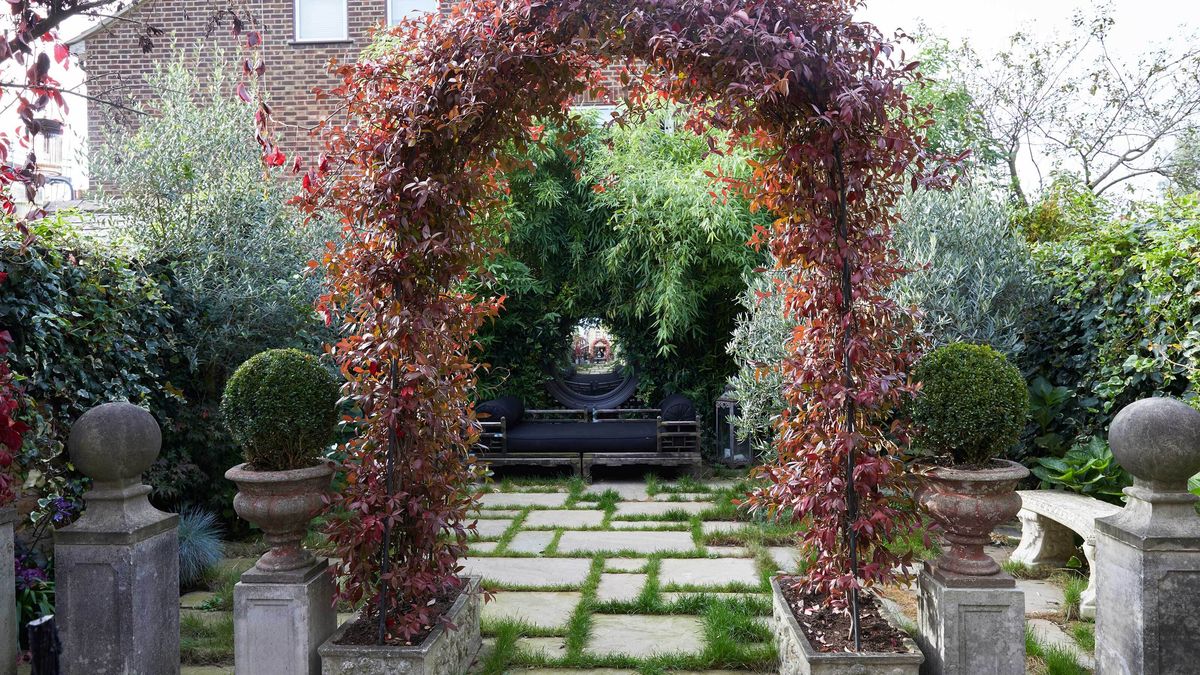


0 thoughts on “What Information To Give Customers For A Landscape Design”